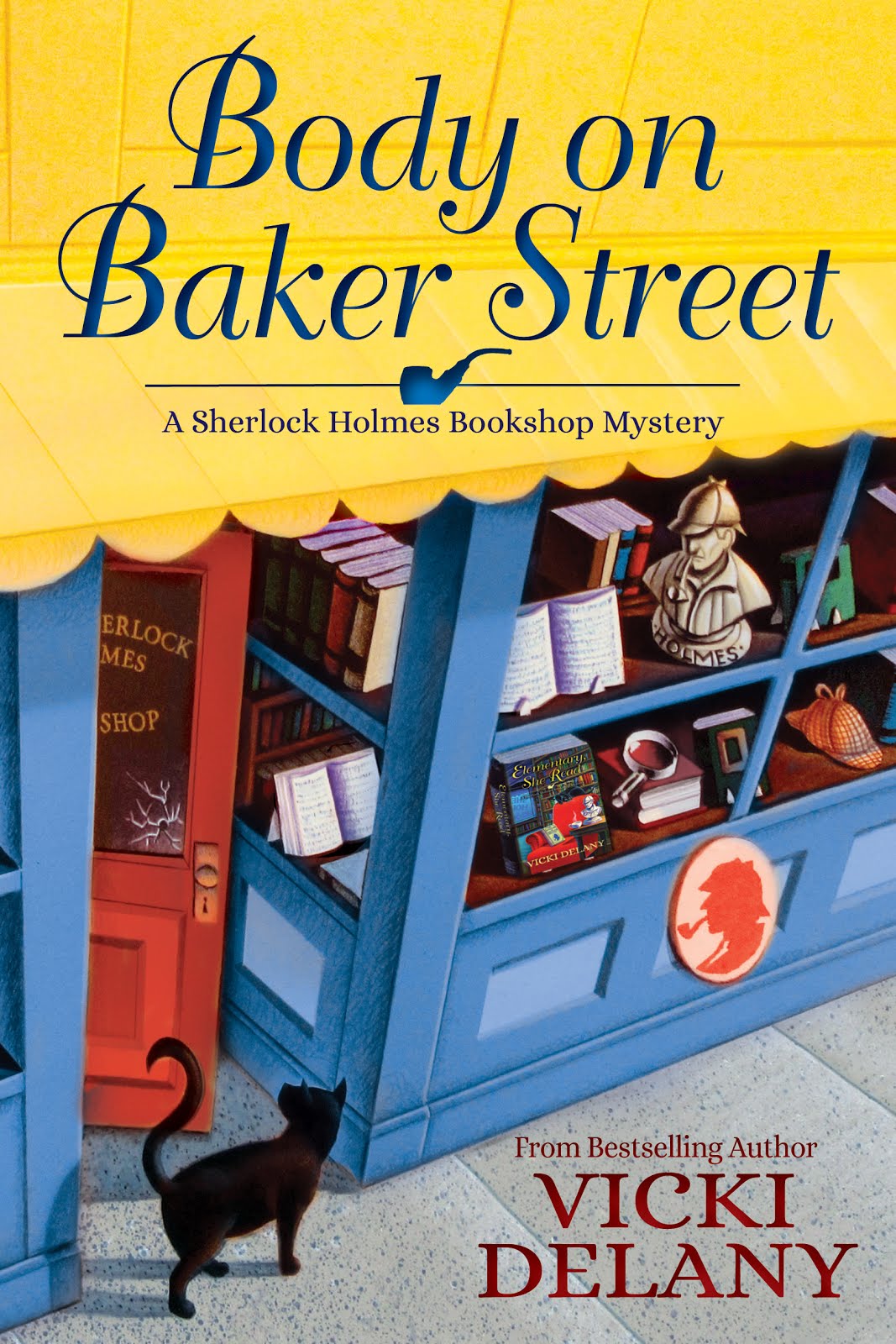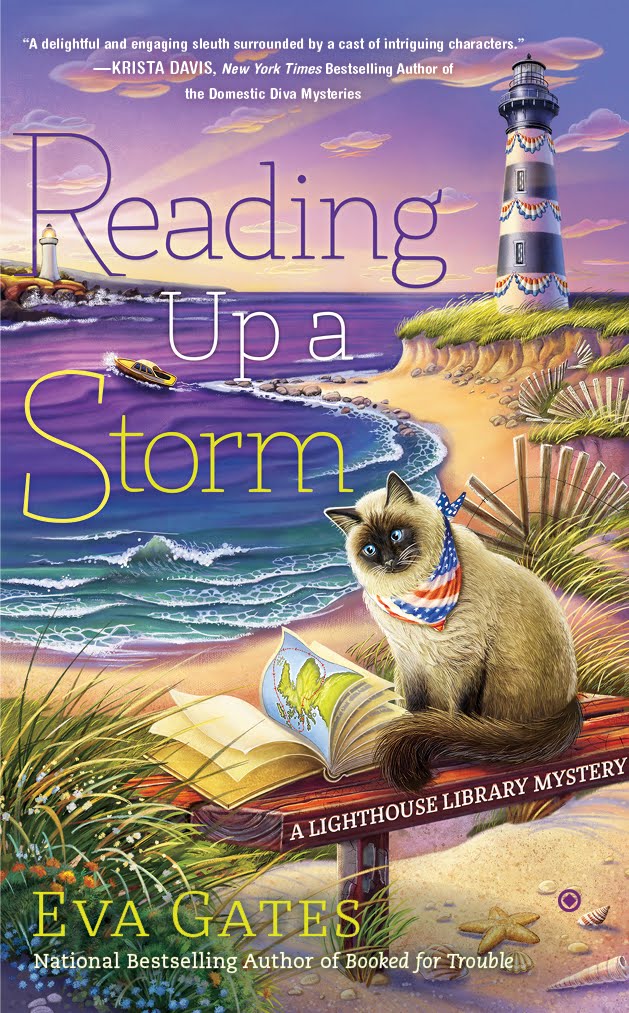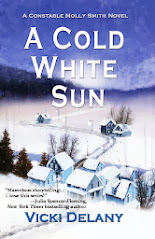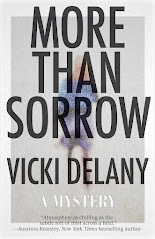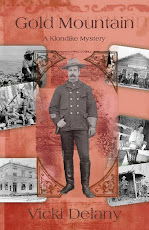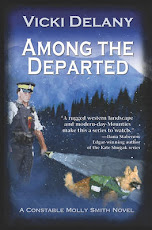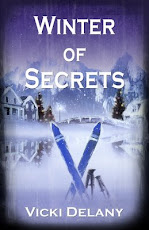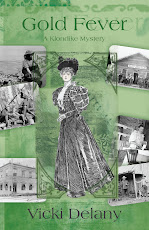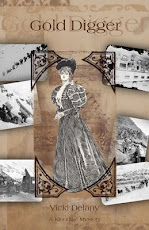

When I sent the manuscript for the first book in the Klondike Gold Rush series, Gold Digger, into my editor she returned it questioning every instance in which I’d specified the amount of money flowing.
Yup, I said, they really did spend money in those quantities.
Very few people made much money in the rush: of all those tens of thousands of people who set off for the Klondike, almost all of them were too late. By the time they heard the news, headed to Seattle or San Francisco or Vancouver, bought the required one ton of possessions, got on a boat to Skagway or Dyea, carried all their things over the passes and into Canada, made a boat and braved the rapids on the Yukon River, and finally arrived in Dawson… all the claims were taken.
There were a few exceptions of prospectors who got lucky, but generally speaking the only ones who truly stuck it rich were already in the area when the initial strike was made.
Aside, that is, from those who mined the miners – the bartenders and dance hall girls and far-sighted shopkeepers.
Yet for those who did strike it rich it was a time of almost unimaginable indulgence. Any luxury available in the South – champagne, oysters, pâté, silk dresses, ostrich plume hats, not to mention real luxuries like fresh eggs! could be had for the right price.

Men dropped ten thousand dollars in a night at the gambling tables (in 1898 dollars!), threw nuggets at the feet of their favourite dance hall performer, bought drinks for all and sundry. A dancer known as Diamond Tooth Gertie (incidentally, you can visit Diamond Tooth Gertie’s in Dawson today) reportedly said, “The poor ginks have just gotta spent it, they’re that scared they’ll die before they have it all out of the ground.”









